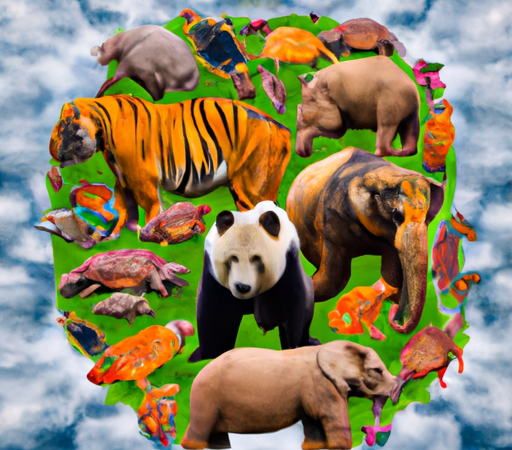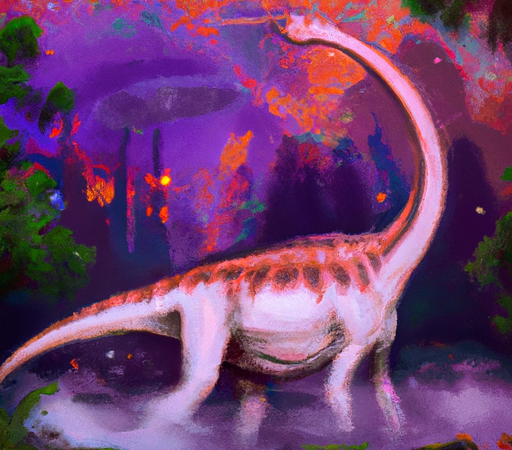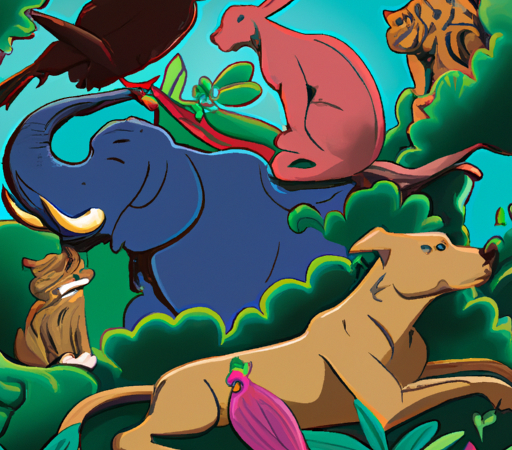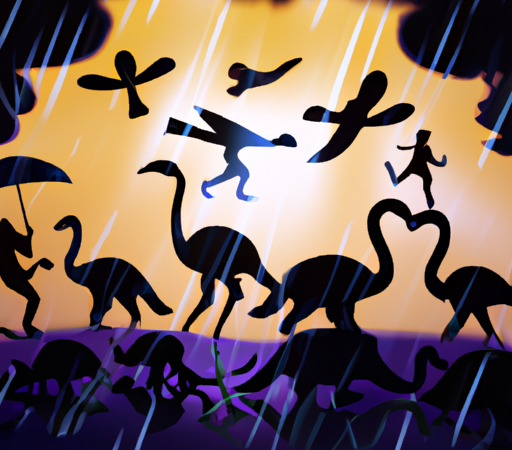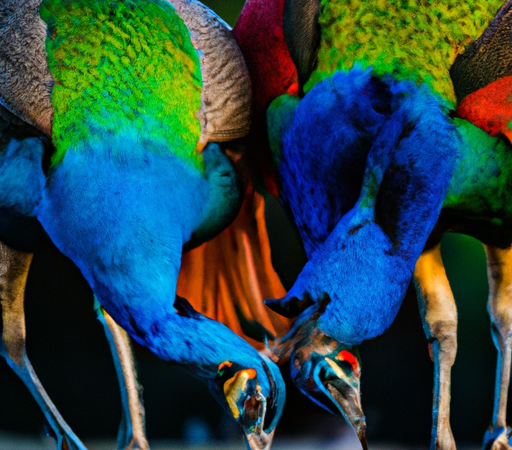10 Fascinating Facts About Animal Communication in the Wild
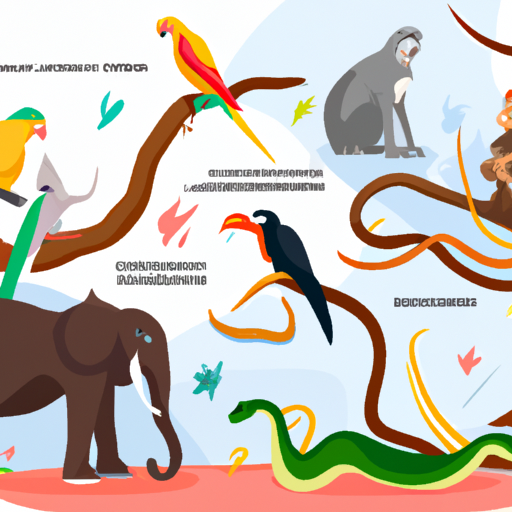
Animal communication is a fascinating area of study that continues to amaze scientists and researchers. From complex vocalizations to intricate body language, animals in the wild have developed unique ways of communicating with each other. Here are ten fascinating facts about animal communication in the wild:
1. Dolphins have their own names: Dolphins are highly intelligent marine mammals, known for their playful nature and impressive communication skills. Studies have shown that each dolphin develops a unique whistle, which acts as their name. They use these individual whistles to address and identify each other.
2. Elephants communicate through vocalizations and infrasound: Elephants are known for their remarkable ability to communicate over long distances. They use a wide range of vocalizations, including trumpeting, rumbling, and roaring. Additionally, elephants can emit infrasound, which is sound below the range of human hearing. These low-frequency rumblings can travel several miles and help elephants communicate with distant members of their herd.
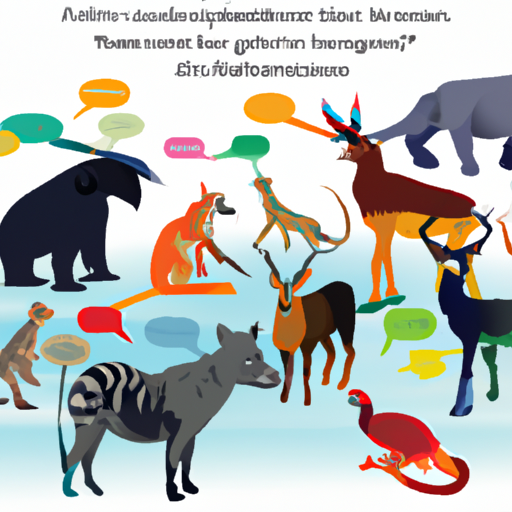
3. Bees use dance to communicate precise locations: Bees are famous for their intricate waggle dance, which allows them to communicate the precise location of a food source to their fellow hive members. By altering the pattern and duration of their dance, bees can convey information about the distance, direction, and quality of the food source.
4. Prairie dogs have sophisticated vocal languages: Prairie dogs are rodents found in North America, known for their complex social structures. They communicate through a series of barks and chirps, with different calls conveying specific messages. Researchers have found that prairie dogs have distinct vocalizations for different types of predators, allowing them to warn their community of potential threats.
5. Bonobos use gestures to communicate: Bonobos, closely related to humans, have been observed using an extensive repertoire of gestures to communicate with each other. These gestures can convey messages such as "come here," "groom me," or "give me food." Bonobos also utilize eye contact, body movements, and facial expressions to express their emotions and intentions.
6. Whales communicate through complex songs: Whales are known for their haunting and complex songs, which can travel vast distances underwater. Male humpback whales, in particular, produce elaborate songs that can last up to 20 minutes and are believed to function as courtship displays or territorial claims. These songs can be heard by other whales miles away.
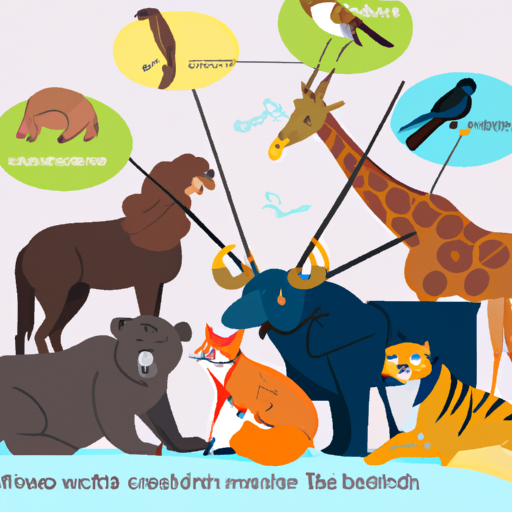
7. Ants use chemical signals to communicate: Ants utilize chemical signals, also known as pheromones, as a means of communication. They leave scent trails to mark routes to food sources, warn others of danger, and guide mates to suitable nest sites. By following these pheromone trails, ants can efficiently coordinate their activities and navigate their complex environments.
8. Birds sing to attract mates and establish territories: Birdsong is not only beautiful to our ears but also serves essential functions for birds. Male birds often sing elaborately to attract mates and establish their territories. The songs are unique to each species and are an essential part of courtship rituals. Birds also use calls to communicate warning signals or identify themselves to their flock members.
9. Wolves communicate through howling: Wolves are highly social animals that rely on vocal communication to maintain cohesive family units known as packs. One of the most recognizable forms of wolf communication is their howling. Wolves howl to communicate their location, gather members for hunting, or warn off rival packs. Each wolf's howl is unique, aiding in the identification of individuals.
10. Octopuses use visual displays and camouflage: Octopuses, renowned for their camouflaging abilities, can change the color, pattern, and texture of their skin to blend into their surroundings. They also use visual displays, such as raising their arms, altering their body shape, or flashing colors, to communicate with other octopuses, court potential mates, or intimidate rivals.
The world of animal communication is incredibly diverse and fascinating. These ten facts, just scratching the surface, highlight the incredible range of communication methods employed by animals in the wild. As researchers continue to delve into these complex communication systems, our understanding of animal behavior and language expands, giving us a glimpse into the rich and intricate lives of our fellow creatures.

